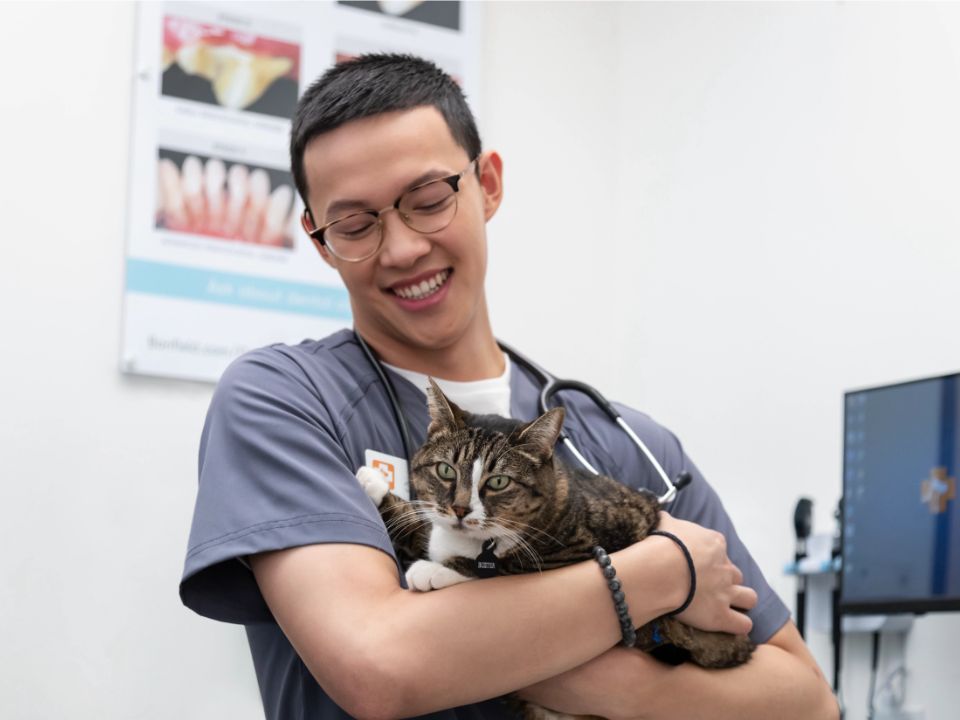how to bond with your cat (and kitten!)
How to make friends with your new feline
Kitties can be so lovable you just want to scoop them up and give them love. And the good news is, some of them are immediately down for petting, playing, and snuggles. But when your kittyBAE is skittery or standoffish, you want to give them some space — and there’s a lot you can do to help them be a bit more at ease.


When is the best age to bond with a cat?
If your mama cat has a litter of baby kitties, you can start (very gently) picking them up and handling themonce they’re 3 days old. However, most folks get their kittens when they’re around 8 weeks old — and this is a prime time to show your kittyBAE that their new people are excellent sources of food, petting, and playtime. Cats over 6 months may take a bit more time for bonding, depending on the personality and life experiences of the cat. Be patient and don’t force it. It’s not unusual for cats to be lovebugs one day, and need their space the next.
What are good ways to bond with a cat?
- Start with hands-off playtime, like teaser toys.
- Talk to them during feeding or playing, so they associate the sound of your voice to pleasant experiences.
- Start slowly, and wait for your cat to come to you — no grabbing. If they seem open to it, offer your hand for a sniff or rub. Try a few chin scritches, then move on to longer body strokes.
- Cats that bundle up in a little loaf, with their tail wrapped around their body, are usually in a fine mood. Same with a cat that approaches you with their tail up and curved. Run your hand from their heads to their rump, and your cat may stretch into a playful “bow” of appreciation and come back for more.
- Don’t touch their bellies or paws, especially at first. Cats can be touchy about tummies and feet!
How can I tell if my cat is bonding with me?
Kitties have special ways of showing love mode. This includes purring while they’re sitting on or near you, often with eyes half-closed. A happy, relaxed cat may start kneading with their front paws (sometimes with their claws — ow!). When they’re really feeling affectionate, they’ll rub you with their forehead or the sides of their face. This is called “bunting,” and it’s like a big cat hug.


When should I leave my kitty alone?
A stressed cat is not in the mood for snuggling. If your cat is sidling away from you, has flattened ears, or is tensely hunched in a corner and twitching their tail, move on. Don’t try to chase them or drag them out from underneath the bed if they hide. Bonding can’t be forced. Just keep on with your usual attempts to make friends. They’ll let you know when they’re ready for more.

How Banfield can help
We’re here for kitty love, health, and happiness. Hostile cats may not be unsocialized at all, but actually sick or hurt. If you’re worried your cat’s behavior is due to an illness or medical issue, please bring them in to see your veterinary team. We’re here to help figure out what’s going on — and can even provide tips on how to get that unhappy, uncooperative cat into their carrier.
 Mites and mange
Mites and mange Podcast - Not Just Fluff
Podcast - Not Just Fluff
